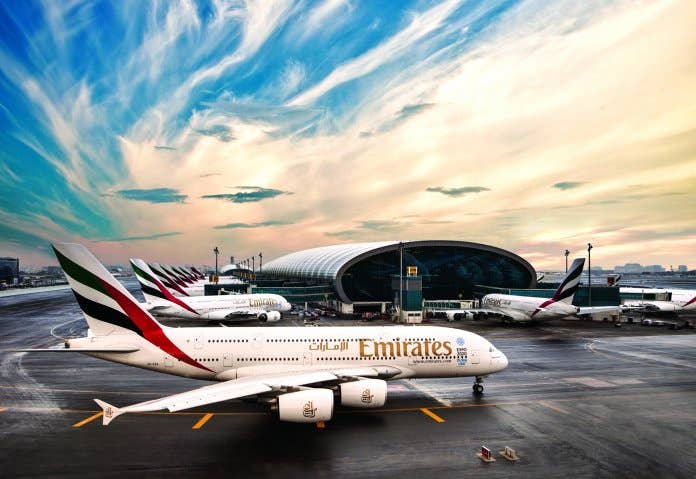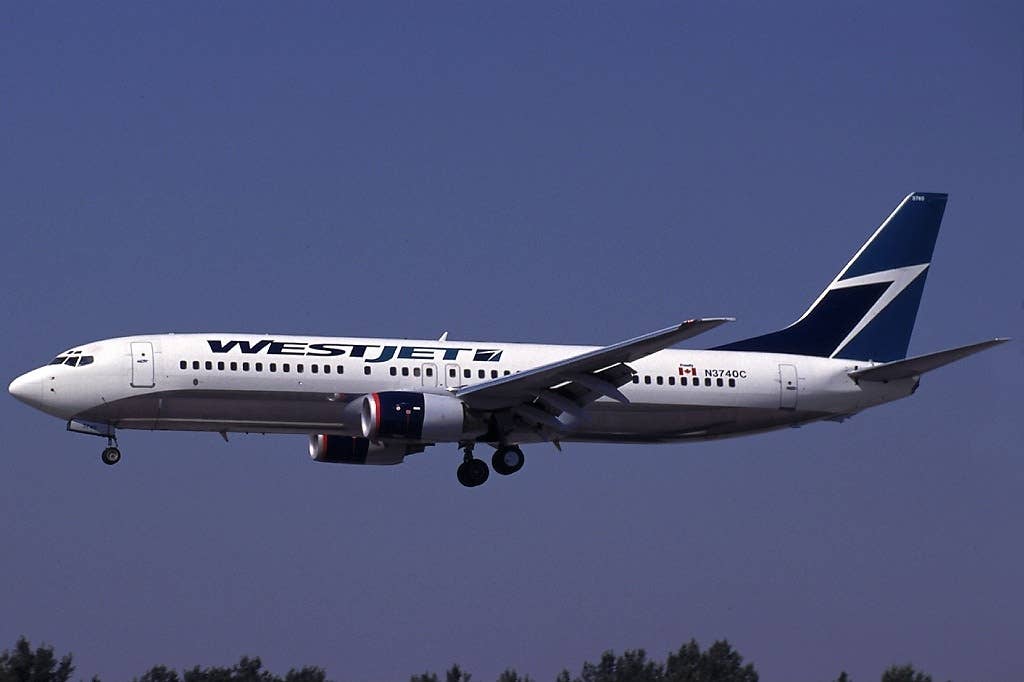Emirates Launches First-Of-Its-Kind Recycling Program For A380 Fleet
Once the envy of airlines worldwide, the Emirates Airline fleet of four-engine, double-decker Airbus A380s is now destined for a futuristic program of a very different kind. As part of…

Photo: EMIRATES
Once the envy of airlines worldwide, the Emirates Airline fleet of four-engine, double-decker Airbus A380s is now destined for a futuristic program of a very different kind. As part of a contract between Emirates and UAE-based Falcon Aircraft Recycling, the first retired A380 aircraft will be “upcycled and recycled,” according to Emirates. The program is aimed at limiting the environmental impact of the deconstruction process.
Legacy salvage and recycling programs zero in on only the high-value components, such as landing gear and engines, but that leaves massive amounts of materials to either choke landfill sites or end up parked with little chance of generating any value.
“We are delighted to partner with Falcon Aircraft Recycling on this first-of-its-kind project,” said Tim Clark, president of Emirates. “Through this initiative, our customers and fans can take home a piece of aviation history while saving valuable materials from landfill and contributing to a charitable cause through the Emirates Airline Foundation. It’s an elegant and fitting retirement solution for this iconic aircraft and our flagship.”
Andrew Tonks, director of Falcon Aircraft Recycling, added, “Approximately 190 [metric tons] of various metals, plastics, carbon fiber composites and other materials will be removed from the aircraft and passed on for recycling or repurposing via our upcycling program with Wings Craft. Our teams are currently busy with the breakdown and final concepts for the first batch of unique upcycled items. We look forward to unveiling more information on the retail items soon.”






